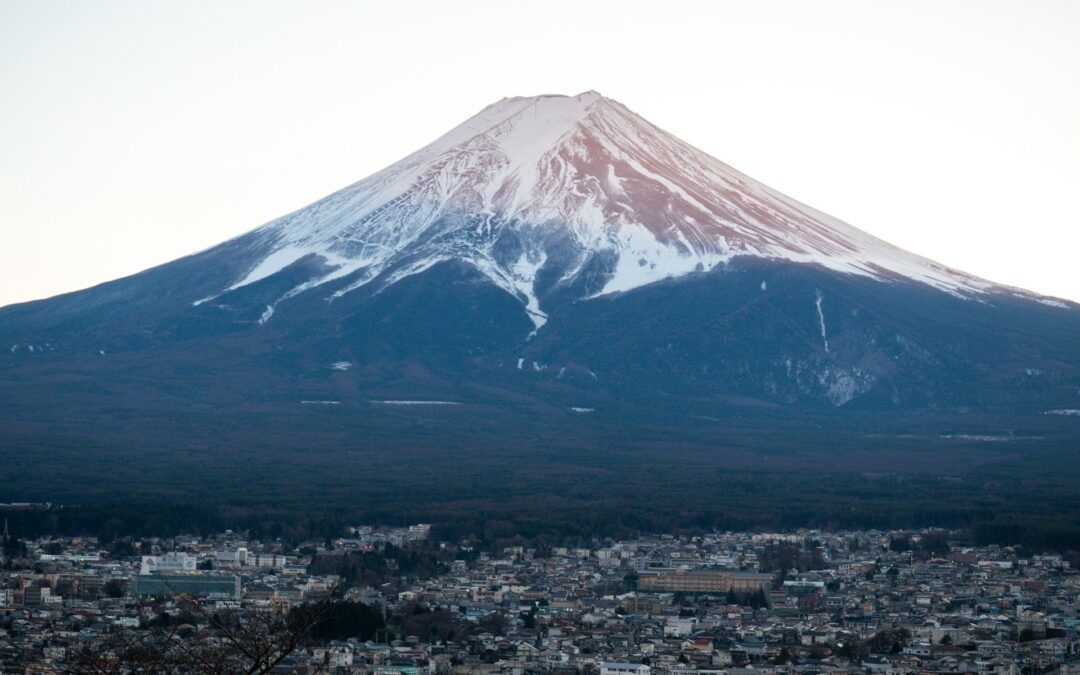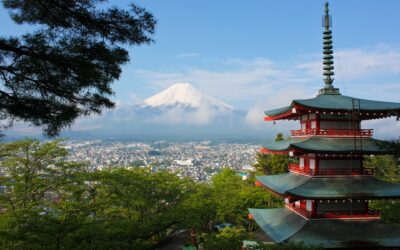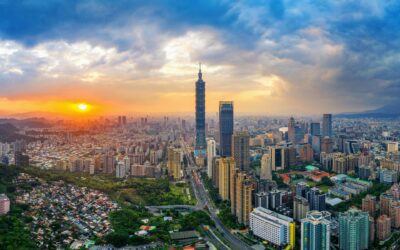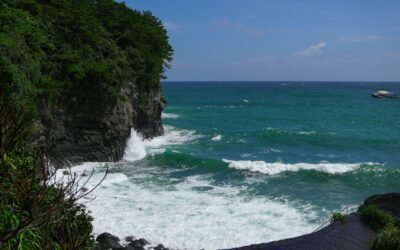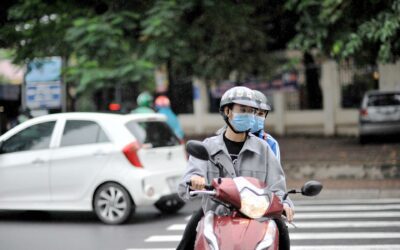|
|
As of April 1, 2024, applications have been open for Japan’s new digital nomad visa. Following in the footsteps of several other Asian countries, this visa allows foreigners who work outside of Japan to stay for up to six months, provided they meet the minimum income requirements of JPY 10 million (US$66,000) per year.
When the visa was first announced, it generated a lot of excitement. However, as more details have emerged and early feedback has come in, some aspects of the Japan digital nomad visa appear to present significant challenges compared to other options available on the market. Here’s a closer look at these aspects.
Length of the Visa
The Japan digital nomad visa is only for six months, which is much shorter than most digital nomad visas, which usually start at one year, and are often renewable. The visa is also not renewable. You must leave Japan when the visa expires and wait at least six months before reapplying.
Many people have pointed out that this means the visa is not much better than a tourist visa. The DNV is already only open to people from visa waiver countries, who can travel to Japan as a tourist for three months anyway. You can renew your tourist visa for another three months while in Japan by visiting the immigration office, giving you a total of six months.
The difference between the DNV and a tourist visa is that you technically shouldn’t be working, even for an overseas company, while on a tourist visa, though many people do. The chances of getting caught for remote working on a tourist visa are slim. You aren’t getting paid through Japanese banks or paying Japanese taxes, so there is no real way for the authorities to detect you. Plus, it is not something they are likely to pour their resources into.
Income Threshold
The minimum income threshold to qualify for the visa is US$66,000, which is significantly more than the average way in Japan, which is around US$40,000 per year. It is also more than most digital nomads earn. Recent surveys suggest that 80% of nomads earn less than US$60,000 per year.
The evidence suggests that Japan may have priced itself out of the target audience. Last year, before the release of the visa, Fukuoka City launched COLIVE FUKUOKA, a digital nomad festival for 50 remote workers from 24 countries including the United States, Mexico, and South Korea. A survey conducted of those participants suggested that they had an average income of JPY 780,000 per year. So, they would not qualify for the new visa.
The minimum income will limit uptake, suggesting that the impact on the economy will be limited. And nomads won’t be paying tax on their income. They will not become residents for tax purposes and will continue paying income tax in their existing tax residence.
COLIVE FUKUOKA
Just as a note for anyone interested, COLIVE FUKUOKA will take place again in October 2024. They have some very interesting Asian digital nomad speakers who aren’t the “usual suspects” at these events. Among them are Jeong Hyun Cho, founder of Digital Nomads Korea, John Ho, the co-founder of Alt_(Coliving) in Thailand, Kenneth Ho, the co-founder of BEAMSTART in Malaysia, and Moe, the cofounder of the Japan Digital Nomad Association.
Residence Permit
It has specifically been stated that the visa doesn’t come with the Residence Permit that you need in Japan to do many important things like register for a phone, open a bank account, and sign a lease.
The question of accommodation for these digital nomads is a big problem, with some sources saying that they will not be permitted to rent long-term accommodation. Even if they could, they would probably have a difficult time doing it. Many surveys suggest that Japanese landlords are reluctant to rent to foreigners. Many customs around Japanese rental contracts are also prohibitive, especially for short-term. You usually have to pay for keys and pay a hefty non-refundable security deposit.
In response to this specific challenge, Mitsubishi Estate has announced plans to supply 10,000 rental homes for foreigners by 2030. Specifically targeted at foreigners in Japan, it will execute online leases in English to help improve the rental process. The houses will be in areas such as central Tokyo, Shibuya, and Shinjuku, and contracts will start from one month. It has said that prices will range from JPY300,000-500,000 per month. In 2024, the average cost for a family-sized apartment in Tokyo was just under JPY200,000, and for a studio just under JPY100,000.
Since these houses aren’t ready yet, early adopters of the Japan digital nomad visa will probably have to rely on expensive hotels and Airbnbs.
How Does Japan’s DNV Compare?
We previously suggested that Spain has the best digital nomad visa in the world, but Japan may have one of the worst.
It doesn’t have the highest income threshold. Some Caribbean countries such as Belize, and Montserrat have set their minimum at US$70-75,000 per year, but you can stay for longer and there are fewer restrictions on what you can do. Thailand has an even higher minimum income threshold at US$80,000 per year in most cases, but you can stay for five years and it can be a pathway to citizenship.
While Japan remains a favorite destination for many and offers a unique experience for digital nomads, the current terms and conditions of the digital nomad visa may not fully align with the expectations and needs of the global remote-working community. Despite the challenges, Japan’s digital nomad visa could still appeal to those who meet the criteria and are seeking a shorter-term stay in one of the world’s most fascinating countries.

